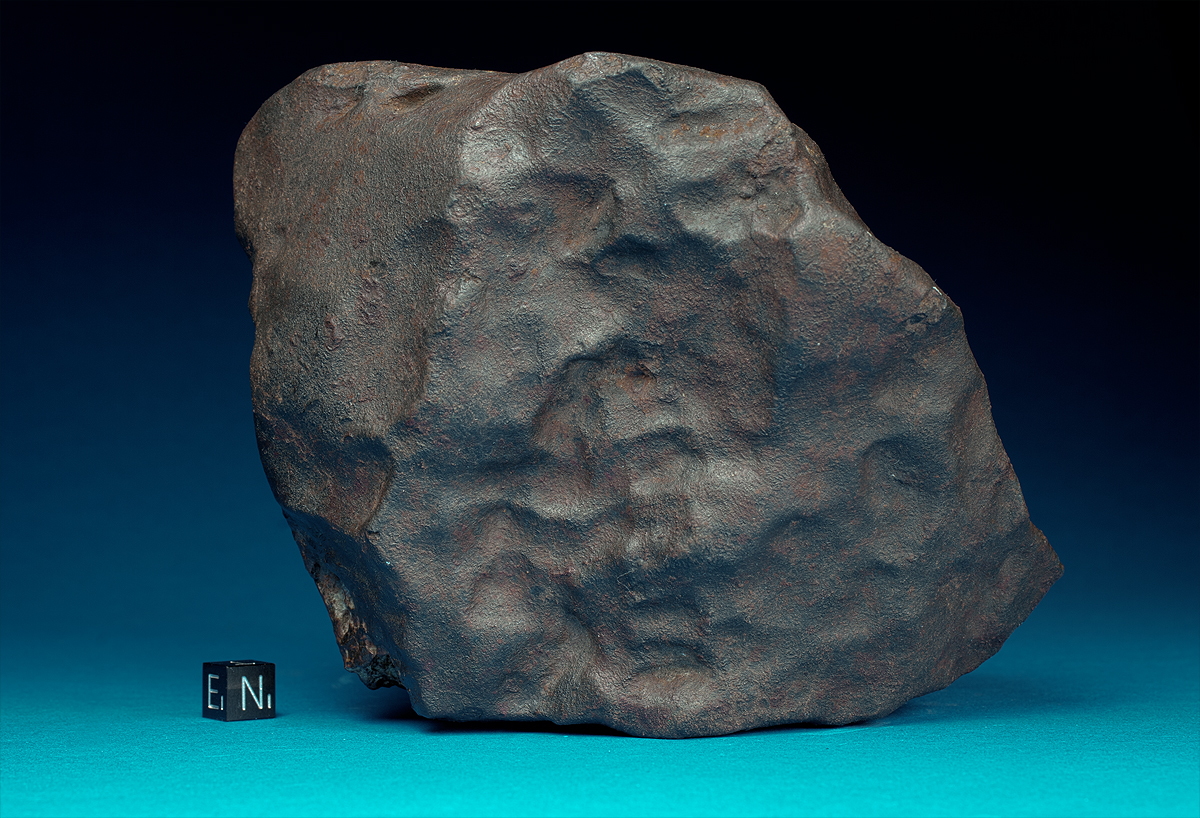Meteorite Recon | Chondrites
Meteorite search expedtions into continental deserts, meteorite features, collection specimens and photography
Meteorites, Meteorite, meteoritic, iron, meteorites, photos, pictures, in situ, strewnfield, strewn field, impact, fall, finds, Meteorite searching
147
archive,paged,tax-portfolio_category,term-chondrites,term-147,paged-6,eltd-core-1.0.1,ajax_fade,page_not_loaded,,borderland-ver-1.8, vertical_menu_with_scroll,smooth_scroll,paspartu_enabled,paspartu_on_top_fixed,paspartu_on_bottom_fixed,transparent_content,grid_1300,wpb-js-composer js-comp-ver-6.0.3,vc_responsive,elementor-default,elementor-kit-6471
Stone, chondrite, L6, S2, W0
Kiffa, Assaba Department, South Mauretania
Fall: September 14, 2011, 21:00 GMT
TKW: 3.6 kg (one mass)
Cut fragment: 757.1 g
According to eyewitness accounts and several media reports on the evening of September 14, 2011 at 21:00 GMT a bright bolide was observed by hundreds of observers in the department of Assaba, in south Mauritania. A terminal fragmentation and sound phenomena occured near the end point of the trajectory. At least one mass of 3.5 kg was seen to impact and recovered the morning after the fall near Bou Mdeid, ~ 60 km north of Kiffa. Gamma-ray spectroscopy conducted 84 days after the fall confirmed the recency of the event. Pictured above is the 1,453 g half individual that was broken from the intact 3.5 kg mass by the finder the day after the fall.
Stone, chondrite, L6, S3, W1
East of Dakla, Morocco
Find: 2011
TKW: 2,520 g
Individual w. cut surface: 2,440 g
Exceptionally sculpted chondrite reportedly found in the desert east of Dakhla, South Morocco. Although >90 percent of the meteorite’s surface displays near fall fresh fusion crust, it must be assumed that the specimen is not a recent fall. A small portion of the stone shows deep funnels and grooves due to corrasion (sand abrasion) that are penetrating up to 8 mm deep into the matrix. The cut surface shows a dark melt vein.





